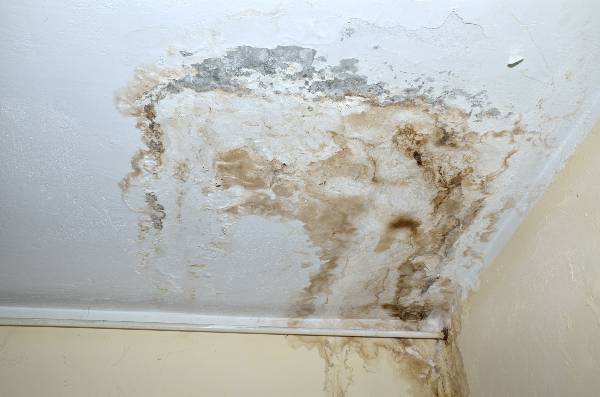6 Ways to Locate Concealed Water Leaks in Your House
6 Ways to Locate Concealed Water Leaks in Your House
Blog Article
Have you been trying to find facts about Finding hidden leaks?

Early detection of leaking water lines can mitigate a potential calamity. Some little water leaks may not be visible.
1. Take A Look At the Water Meter
Every house has a water meter. Inspecting it is a guaranteed way that aids you uncover leakages. For beginners, turn off all the water sources. Make certain no person will certainly purge, utilize the faucet, shower, run the washing maker or dishwashing machine. From there, most likely to the meter and watch if it will certainly transform. Since no one is utilizing it, there need to be no activities. That indicates a fast-moving leakage if it relocates. If you identify no adjustments, wait an hour or 2 as well as examine back once again. This means you might have a slow leakage that could also be underground.
2. Examine Water Intake
Evaluate your water expenses and also track your water consumption. As the one paying it, you ought to observe if there are any type of disparities. If you spot sudden changes, in spite of your usage coinciding, it indicates that you have leakages in your plumbing system. Bear in mind, your water costs need to drop under the same array each month. An unexpected spike in your bill shows a fast-moving leakage.
On the other hand, a consistent rise each month, even with the same habits, shows you have a sluggish leakage that's also gradually escalating. Call a plumber to completely examine your residential or commercial property, specifically if you really feel a cozy area on your floor with piping below.
3. Do a Food Coloring Test
When it comes to water consumption, 30% comes from commodes. If the color somehow infiltrates your dish during that time without flushing, there's a leak between the tank and also bowl.
4. Asses Outside Lines
Do not forget to examine your outdoor water lines also. Test faucets by connecting a yard hose pipe. Needs to water leak out of the link, you have a loosened rubber gasket. Replace this and also ensure all links are limited. If you've obtained a lawn sprinkler, it will certainly aid get it expertly checked out and maintained yearly. One little leakage can squander lots of water and also increase your water expense.
5. Check as well as Analyze the Scenario
House owners should make it a behavior to inspect under the sink counters and also inside cabinets for any kind of bad odor or mold development. These two red flags show a leak so punctual attention is called for. Doing routine examinations, even bi-annually, can conserve you from a significant problem.
Check for stainings and damaging as many appliances as well as pipelines have a life expectations. If you think dripping water lines in your plumbing system, don't wait for it to intensify.
Early discovery of dripping water lines can mitigate a prospective catastrophe. Some little water leaks may not be visible. Checking it is a surefire method that assists you find leaks. One tiny leak can squander loads of water as well as spike your water bill.
If you suspect dripping water lines in your plumbing system, do not wait for it to rise.
WARNING SIGNS OF WATER LEAKAGE BEHIND THE WALL
PERSISTENT MUSTY ODORS
As water slowly drips from a leaky pipe inside the wall, flooring and sheetrock stay damp and develop an odor similar to wet cardboard. It generates a musty smell that can help you find hidden leaks.
MOLD IN UNUSUAL AREAS
Mold usually grows in wet areas like kitchens, baths and laundry rooms. If you spot the stuff on walls or baseboards in other rooms of the house, it’s a good indicator of undetected water leaks.
STAINS THAT GROW
When mold thrives around a leaky pipe, it sometimes takes hold on the inside surface of the affected wall. A growing stain on otherwise clean sheetrock is often your sign of a hidden plumbing problem.
PEELING OR BUBBLING WALLPAPER / PAINT
This clue is easy to miss in rooms that don’t get much use. When you see wallpaper separating along seams or paint bubbling or flaking off the wall, blame sheetrock that stays wet because of an undetected leak.
BUCKLED CEILINGS AND STAINED FLOORS
If ceilings or floors in bathrooms, kitchens or laundry areas develop structural problems, don’t rule out constant damp inside the walls. Wet sheetrock can affect adjacent framing, flooring and ceilings.
https://www.servicemasterbyzaba.com/blog/how-to-detect-water-leakage-in-walls/

I am very excited about Detecting hidden plumbing leaks and I'm hoping you enjoyed reading our post. Are you aware of another individual who is fascinated by the niche? Be sure promote it. I appreciate reading our article about Leaking water lines.
Report this page